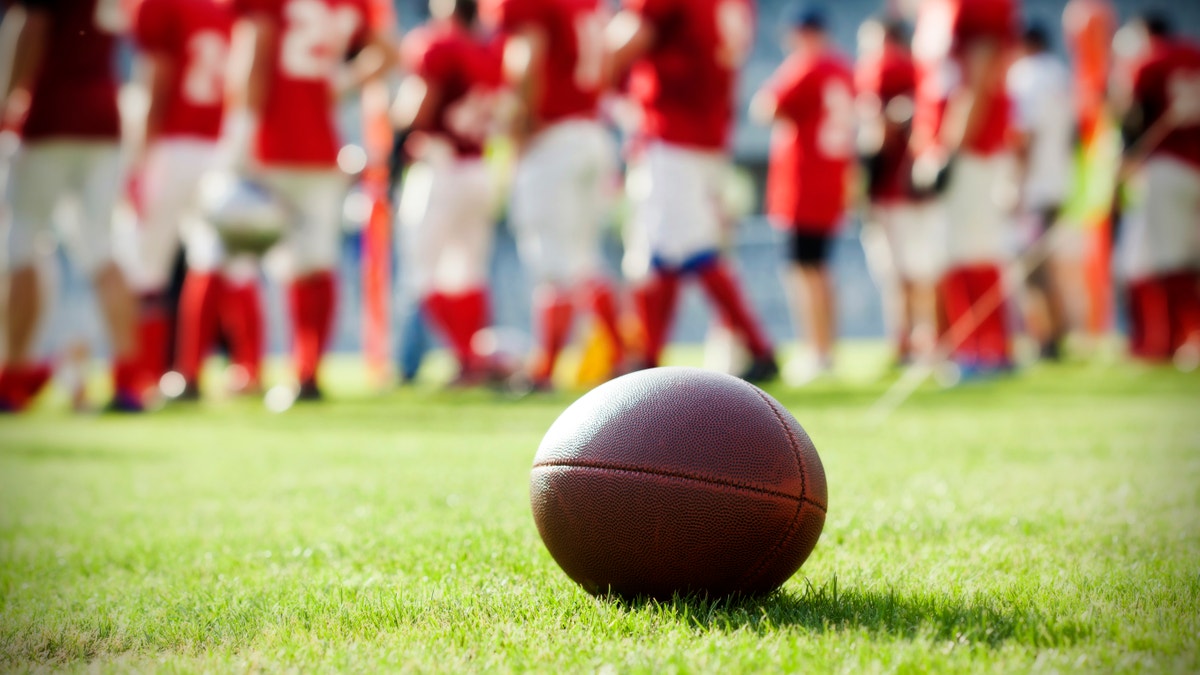
Close up of an american football on the field, players in the background (iStock)
Reports of youth concussions spiked by 71 percent between 2010 to 2015, according to a study of nearly 937,000 health insurance claims gathered by Blue Cross and Blue Shield (BCBS). The analysis also found that concussion diagnoses during that period increased 26 percent among adults ages 20 through 64.
“The study shows that there is more awareness about the seriousness of concussions and that younger individuals are receiving more care for these injuries than in the past,” Dr. Trent Haywood, senior vice president and chief medical officer for BCBSA, said in a news release. “But despite greater awareness and new protocols aimed at protecting young athletes, there is still wide variability in the rate of concussions diagnosed from state to state.”
Study authors found concussion diagnoses for youths— patients ages 10 to 19— were highest in the Northeast. Connecticut, Pennsylvania and Massachusetts had the most concussion diagnoses in the United States.
Researchers also observed that rates were highest in the fall season and that reported diagnoses among males is nearly double that of females during that time of year. But overall, researchers observed a larger increase in reported concussion diagnoses among young females during the study period— 118 percent— than among young males, who saw a 48 percent increase of reported diagnoses during the period. Still, more males appear to be diagnosed with concussions: During the study period, reports of male concussions overall were 49 percent higher than that of young females.
Among older adults, ages 20 through 64, females are nearly 60 percent more likely to be diagnosed with a concussion, the study suggested.
Across all ages, the percentage of concussion diagnoses nearly doubled between 2010 and 2015.
New laws that prevent athletes from returning to play after sustaining a suspected concussion may be why concussion reporting has increased, study authors noted. One piece of legislation, the Zackery Lystedt Law in Washington, compelled other U.S. states to enact rules that adopted many of its core principles, according to the release.
“National and local organizations representing youth sports as well as health care professionals have been effective at generating awareness about the need to diagnosis and treat concussions,” Maureen Sullivan, senior vice president and chief strategy officer for BCBSA, said in the release. “The intent of this report is to document concussion rates and increase awareness that could help inform policy and concussion treatment practices for school districts and medical professionals throughout the country.”
